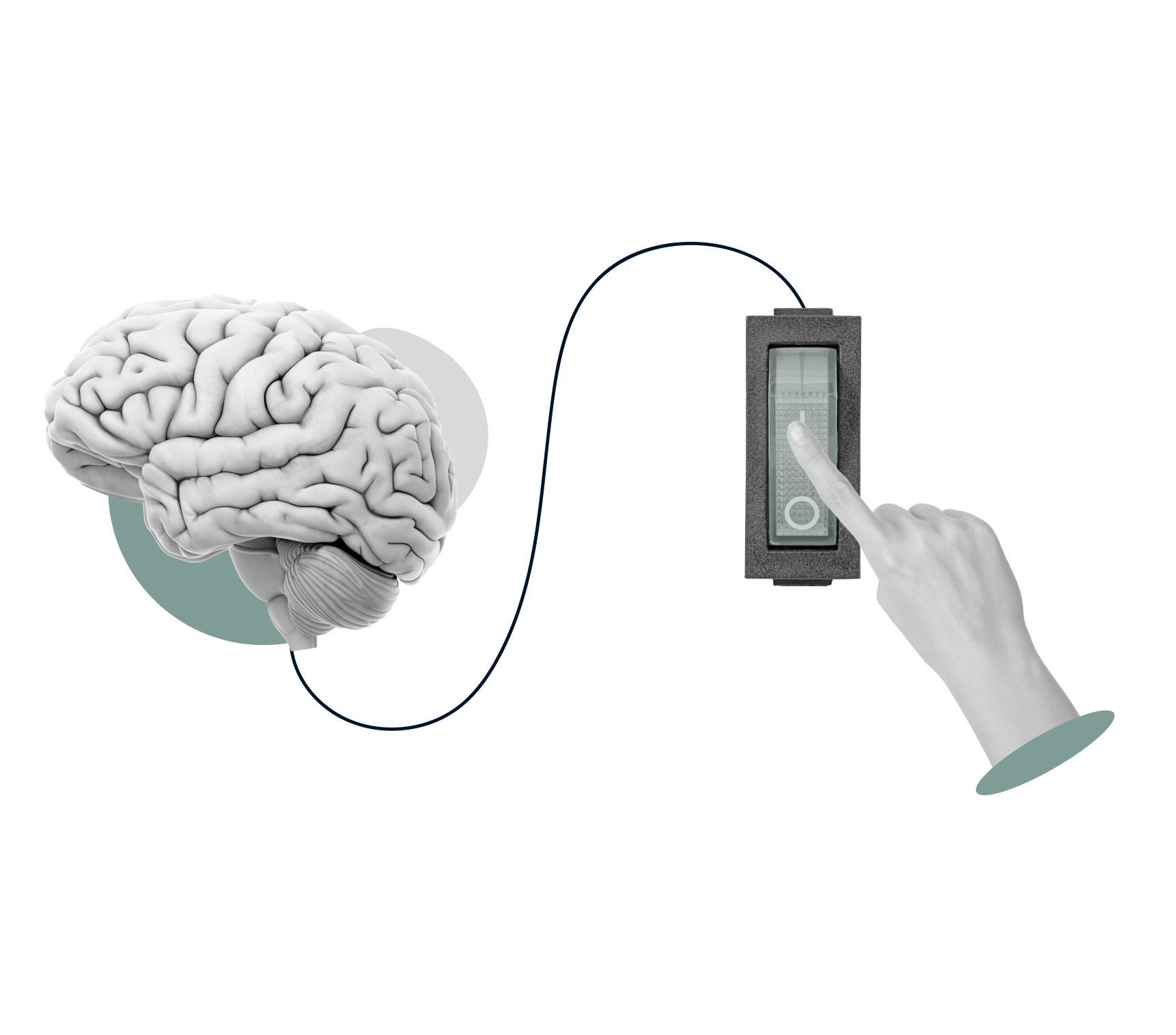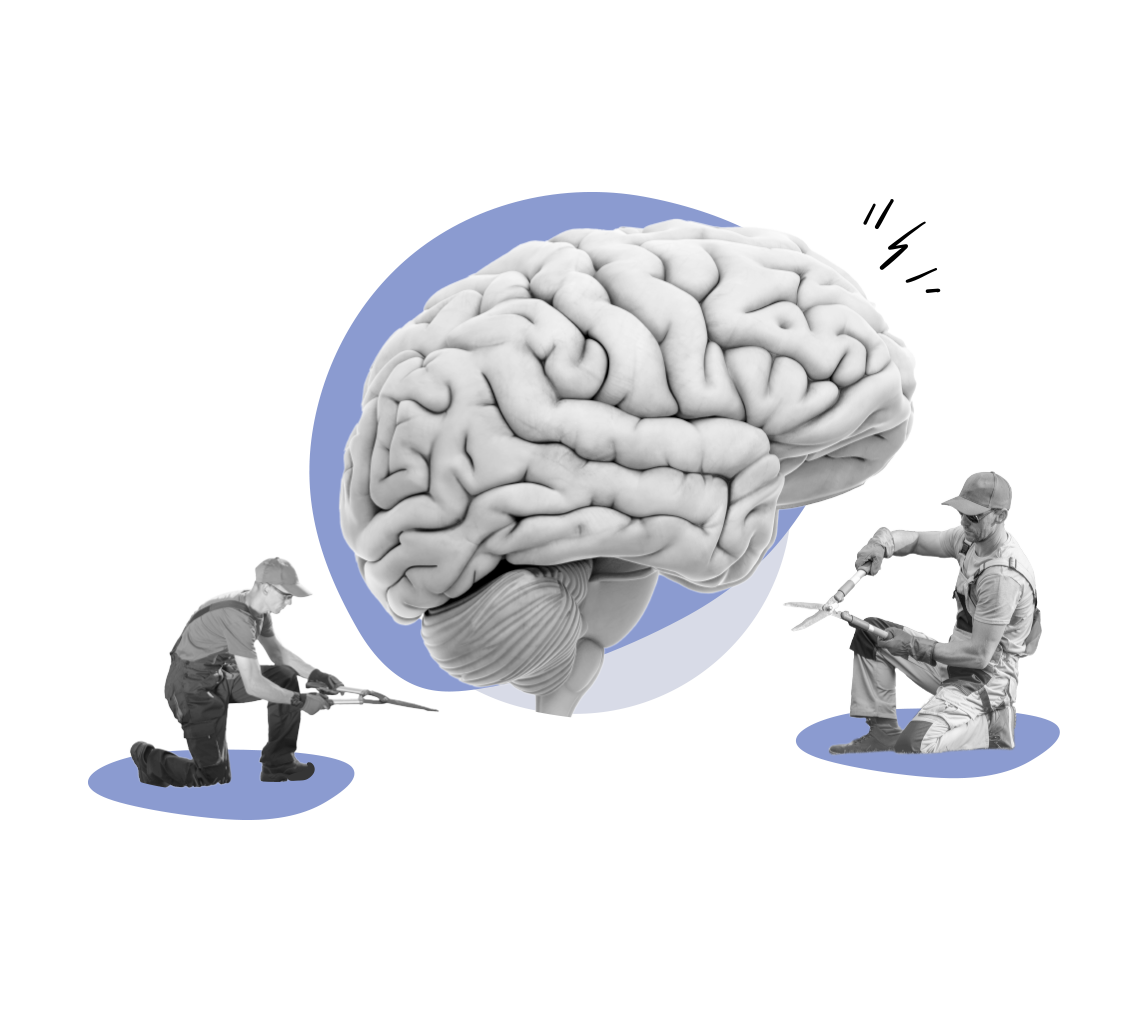It’s time to rethink the knowledge and skills that are needed to thrive within the healthcare industry

I believe collaboration and building knowledge-sharing communities are key to the complex and multifaceted issues within healthcare. As such, it is not an exaggeration to say that healthcare could be the problem of our generation.
One of the reasons I believe this to be true is the lack of quality and consistency in care. Despite advances in medicine and technology, there are still significant variations in the quality of care that patients receive. Some patients may receive excellent care, while others may receive suboptimal care that falls short of best practices.
Advances in technology and innovation, alongside operational shifts and ways of working within the industry, should cause everyone to rethink the knowledge and skills that are needed to thrive within the industry.
The industry is constantly evolving, and healthcare providers must continuously update their skills and knowledge to provide the best care to their patients. That is why I believe "preskilling," "reskilling," and "upskilling" of healthcare providers to stay current in their field is important.
The opioid epidemic has brought about new approaches to pain management that are safer and more effective. As a result, there is a growing demand for healthcare providers who are trained in these new approaches, which may require both preskilling and upskilling.
One example of a new approach to pain management is the use of interventional pain management techniques, which involve the use of minimally invasive procedures to address the root cause of pain. These techniques can include neuromodulation, nerve blocks, and other procedures that are less invasive than surgery. Healthcare providers who want to work in this field may need to undergo specialized training and education to learn these techniques.
Another area of innovation in pain management as mentioned is the use of technology - virtual reality, wearable devices, and digital tracking to help manage and treat pain. These technologies can provide patients with new options for managing their pain and can also help healthcare providers to better understand and treat the root cause of pain and not only treat the symptoms. Healthcare providers who want to work with these technologies may need to upskill to integrate them effectively into their practice.
Preskilling, reskilling, and upskilling are all important for healthcare providers who want to stay current in their field and provide the best care to their patients. Rapid innovation in the pain management arena is creating new opportunities for healthcare providers to learn and grow, and those who can adapt and learn new skills will be well-positioned to meet the needs of their patients.
The big challenge is that most preskilling, reskilling, and upskilling programs heavily emphasize theoretical knowledge and relatively very little emphasis on hands-on learning and practical implementation. While understanding the underlying concepts and theories is important, it is also essential for healthcare providers to be able to apply this knowledge in real-world situations. This requires a strong foundation in practical skills, such as patient care, communication, and problem-solving.
Elements that will be essential to ensuring that practical implementation is effective within the industry will be to build programs that:
1. Are engaging for healthcare providers
Just like any other training intervention, engagement rate is key to knowledge absorption and retention. These will include elements of gamification, and levels to help measure progress plus identify knowledge gaps, and developing visible markers of progress so they can receive real-time feedback.
When healthcare providers are engaged and invested in their work, they are more likely to provide high-quality care, be motivated to continuously improve their skills and knowledge, and be committed to the organization and its mission. In turn, this can lead to better patient outcomes and a more positive patient experience. Additionally, programs that improve healthcare provider engagement can help to reduce burnout and turnover, which can be costly and disruptive to the healthcare system. Overall, investing in programs that improve healthcare provider engagement can have numerous benefits for both healthcare providers and patients.
2. Are personalized to each provider
One-size-fits-all training doesn’t work as effectively and individuals will be at different stages of the learning journey. Content and learning experiences should be tailored to needs, objectives, and skill levels.
Personalized learning can be particularly effective at improving practical implementation because it allows healthcare providers to focus on the specific skills and knowledge that are most relevant and applicable to their own goals and needs. Tailoring programs and resources to individual needs and interests equips healthcare professionals to be better able to apply their learning in the real world. Techniques that can be used to support personalized learning include individualized instruction, customized program materials, and self-directed learning activities. Overall, personalized learning can be an effective way to improve practical implementation by ensuring that healthcare providers are able to focus on the most relevant and applicable knowledge and skills.
3. Are easily accessible and searchable
Given the number of people using smartphones to service their communities, mobile learning is no longer a nice to have. It is crucial, and it also needs to be on-demand.
Then when the correct vetted resources are accessible, it needs to be distributed efficiently and effectively to ensure that providers get the correct information at the exact moment they need it.
In contrast, when information is difficult to access or search, it can be more challenging for healthcare providers to implement the latest treatments, which can ultimately have negative consequences for patient care. Overall, ensuring that medical information is accessible and searchable is critical to the practical implementation of the latest treatments in healthcare settings.
4. Keep the content relevant and up to date
With daily updates and changes in the industry, the correct vetted information is of critical importance. Micro and adaptive learning combined with continuous learning approaches will keep the focus on changes and keep the relevance of the latest content front of mind.
By providing relevant and up-to-date content, healthcare organizations can ensure that their providers have access to content can help to improve the practical implementation of the latest treatments and ultimately lead to better patient outcomes.
5. Builds a knowledge-sharing community
When it comes to upgrading one’s skills and instilling confidence in the industry to implement these skills on a clinical level, knowledge-sharing goes a long way.
Knowledge-sharing communities are a great platform to learn and adapt more accurately by providing additional context and support within the clinical environment. These communities can help to foster a culture of continuous learning and improvement and enable individuals to implement practical knowledge more effectively in their work.
The communities can be particularly useful for practical knowledge implementation because they provide a platform for individuals to share their experiences and insights and learn from the experiences of others. This can help to create a more collaborative and supportive environment for practical knowledge implementation, where individuals can seek advice and support from their peers and contribute their own expertise to help others.
Additionally, these communities can offer a range of resources and tools that can support practical knowledge implementation, such as templates, guidelines, and best practices, which can help individuals to apply their knowledge more effectively in the real world.
6. Provides digital tools to ease the clinical implications of the latest knowledge and skills
Digital tools can help healthcare providers implement practical, innovative solutions by providing them with the necessary tools and resources to streamline processes, improve patient care, and make informed decisions. These tools can include diagnostic and patient classification aids, telemedicine platforms, and data analytics software. All of which can help healthcare providers access and analyze data, communicate with patients and colleagues, and manage patient care more efficiently. Additionally, digital tools can help to reduce errors, increase efficiency, and improve overall outcomes for patients.
Conclusion
Preskilling, reskilling and upskilling healthcare providers with a focus on practical implementations of the latest healthcare treatments can be beneficial for all as it can lead to improved patient outcomes, increased efficiency and cost-effectiveness, and a higher level of care overall.
This will help address some of the biggest problems facing our generation, including the rising burden of chronic diseases and the increasing demand for healthcare services. By implementing the most current and effective treatments, healthcare providers can better manage and treat these conditions, which can help to reduce the overall burden of disease and improve the health and quality of life for individuals.
Additionally, the practical implementation of new treatments can help to drive innovation and progress within the healthcare industry, leading to the development of even more advanced and effective treatments in the future. Overall, the practical implementation of the latest healthcare treatments has the potential to greatly benefit both patients and the healthcare system as a whole.

